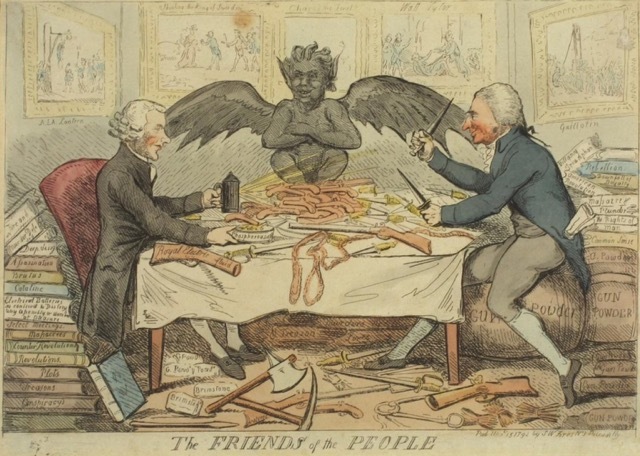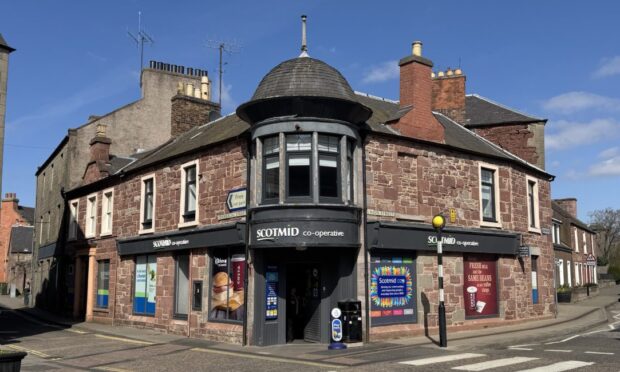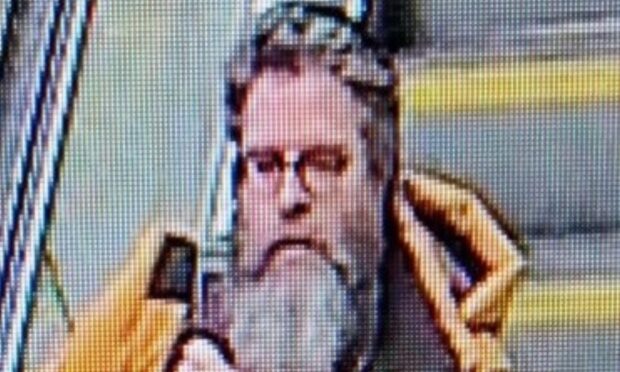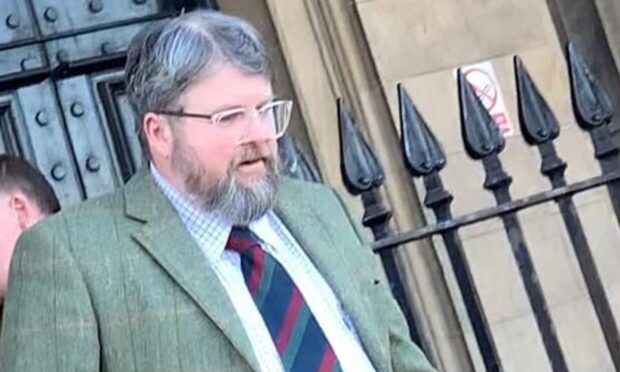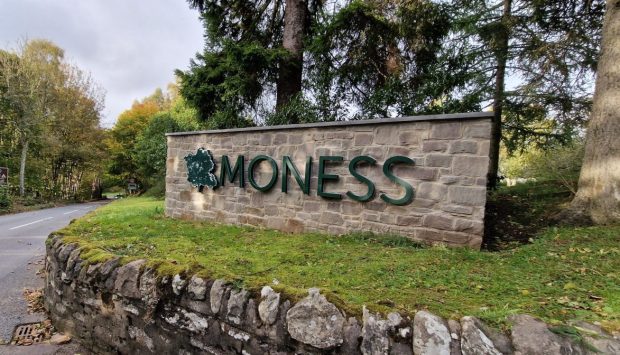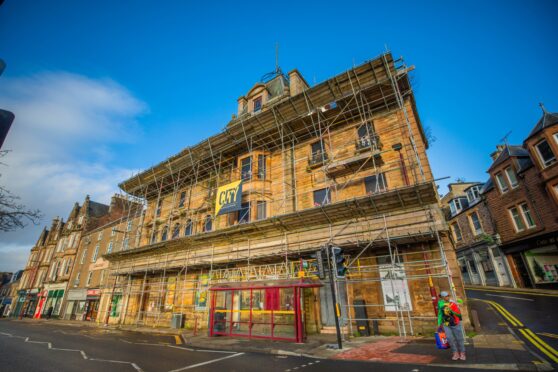France was awash with blood as executions took place in the streets, aristocrats awaited sacrifice at the hands of revolutionaries and hundreds were drowned on wrecks lowered into the Loire.
The Terror that followed the French Revolution was one of the most indelible events in European history and had a huge impact on those seeking reform.
As other countries watched fearfully what was transpiring, there was genuine fear within the UK’s landed ruling class of a copy-cat uprising.
And in few parts of the country was that more feared than in Perth, where the Government’s spies and agents focussed on one key target – James Wylie.
His incredible story – and that of those who followed him – was told at the latest meeting of West Stormont Historical Society by Perthshire historian Michael Lawrence.
A son of the manse and successful cloth merchant and haberdasher in the city, Wylie had gained notoriety as “the most intemperate revolutioner in Scotland”.
In 1790s Scotland, he was seen as a serious threat to the stability of the nation and its gentry and found himself under close surveillance.
Wylie was the president of the 1,200 strong Friends of the People in Perth and a leading campaigner for parliamentary and burgh council reform.
He was marked down by the authorities as a trouble maker who needed a spy on his tail and his mail intercepted.
He like many others across Scotland, had been caught up in a popular campaign for political reform inspired by the American and French Revolutions and the publication of Thomas Payne’s The Rights of Man.
Societies grew across the country – though Perthshire was a particular hotbed – and over time they grew more radical, leading to riots and demonstrations in Perth, where huge meetings were held on both Inches.
Hundreds attended regular meetings and some of the Friends began to advocate violent protest and the stockpiling of arms to take power by force.
The military were put on high alert, such was the fear the activist engendered and the influence people such as Wylie held.
In the end, however, the Government’s action was swift and decisive – informed as it was by a network of government spies and informers who enabled individuals and groups to be targeted and prosecuted.
Many of Wylie’s friends and associates were arrested, tried on trumped-up charges of sedition, and transported to Botany Bay in Australia.
Among those treated even more harshly was Robert Watt from Perth, who was executed for treason.
The punishments meted out to leading figures marked the end of the Friends and postponed the campaign for electoral reform for almost thirty years.
Through such harsh treatment, Wylie himself somehow survived and remained in Scotland and by the turn of the 19th Century, he was a tenant farmer at Pitlandie near Luncarty.
The tragic death of his cousin in 1805 changed his life when he inherited Airleywight in the parish of Auchtergaven and set him on a different path.
Over the next 30 years he transformed the estate, created the modern farm structure, built a magnificent house, planned and developed the villages of Bankfoot and Waterloo, continued his fight for political change, and played a full part in public life.
When he died, six years after the Great Reform Act, the words used to describe him were very different from those uttered by the Lord Advocate.
His obituary noted that he was “universally respected throughout the county”.
